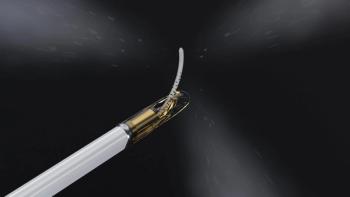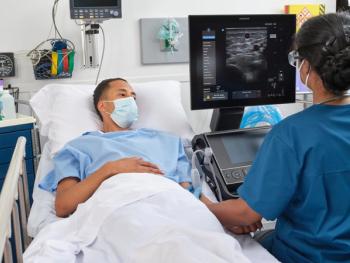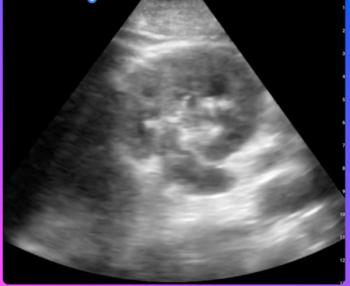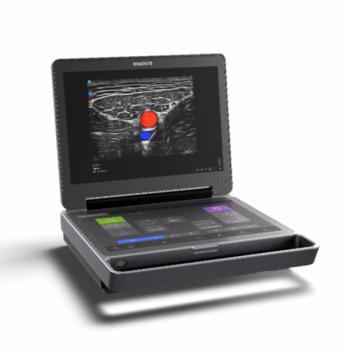
Ultrasound-Based Transient Elastography Accurately Detects Cirrhosis
Ultrasound-based transient elastography provides excellent diagnostic accuracy in identifying cirrhosis due to recurrent hepatitis C following liver transplantation.
Ultrasound-based transient elastography (ET) provides excellent diagnostic accuracy in identifying cirrhosis due to recurrent hepatitis C (HCV) following liver transplantation, according to Mayo Clinic researchers. This was the result of a study published in the March issue of
Currently, doctors rely on biopsies to detect progression of cirrhosis of the liver. Liver biopsies are invasive and are not always very accurate, said Jayant Talwalkar, MD, one of the study authors. In an effort to determine if the non-invasive ultrasound-based ET could provide better diagnosis, the researchers performed a systematic review and diagnostic accuracy meta-analysis of studies that compared ET to liver biopsies in detecting hepatic fibrosis post-transplant.
Patients who receive liver transplants and who are HCV RNA-positive at the time, are at risk of re-infection with HCV, so monitoring the liver is essential.
Six studies were identified; five evaluated significant fibrosis and five assessed cirrhosis. Analysis of detecting fibrosis showed that ET had an 83 percent for both sensitivity and specificity. For detecting cirrhosis, sensitivity was 98 percent and specificity 84 percent.
These findings indicated that the ultrasound-based procedure is very accurate compared with biopsies. “Further studies that confirm our results could highlight the importance of ET as a diagnostic tool for liver transplant recipients infected with HCV,” said Dr. Talwalkar.
Newsletter
Stay at the forefront of radiology with the Diagnostic Imaging newsletter, delivering the latest news, clinical insights, and imaging advancements for today’s radiologists.



























